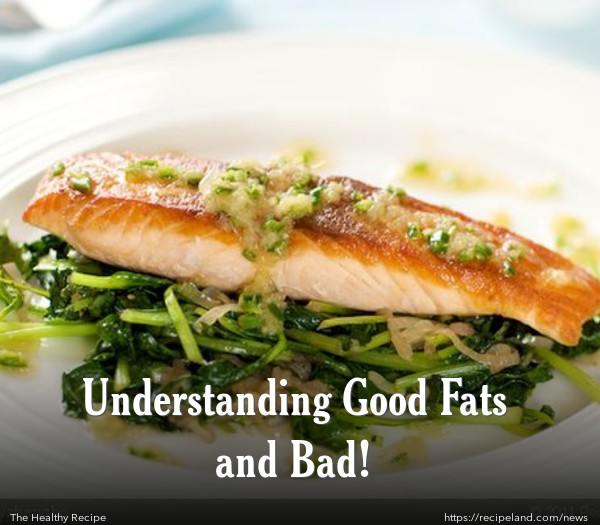Unfortunately, many adults do not yet fully understand the relationship between the amount of fat (and the type) consumed and how it affects their health. Learn more about what “good” fats are and how to get them into your diet.
Most adults consume far greater amounts of fats than necessary for a healthy diet. According to the Academy of Nutrition and Dietetics, a healthy diet for an adult should contain no more than 20-35% of the total calories from fats.
Increasing the amounts of omega-3 fatty acids while limiting the amount of saturated fats and trans fats is important for good health.
A recent paper, entitled “Dietary Fatty Acids for Healthy Adults,” illuminates the necessity for the proper balance of fats for good health. The recommendations are intended to serve as a guideline for dietitians and nutritionists to help educate consumers regarding dietary recommendations.
Reducing fat is not adequate, understanding the types of fats and how much is acceptable is a more practical approach. Many adults try limiting their fat intake, while increasing the amount of carbohydrates consumed, which can have a negative impact on overall health and not lead to the desired effects.
Educating the public regarding a food-based approach to health, and combating obesity involves learning about the necessity for fatty fish, lean meats, poultry, low fat dairy products, nuts and seeds, healthy whole grains and legumes.
These foods provide an ideal source for many of the n-3-polyunsaturated fatty acids, while helping to limit the amount of saturated fats and unhealthy trans fats that are part of the average adult diet.
Here are the important guidelines that are expected to be projected to the public in the form of health eating recommendations from nutritionists and dietitians:
Consume more fish, as well as nuts and seeds.
Limit the amount of desserts and convenience foods that are consumed.
Understand that fat can be a healthy and necessary nutrient, specifically omega-3 and omega-6 fatty acids. Fat free diets can eliminate these nutrients, and, therefore, should be avoided.
Oily fish is one of the best sources for omega-3 fatty acids, as well as the necessary EPA and DHA required for healthy body function.
The types of fat consumed, as well as the amounts, can have a direct impact on overall health and disease risk.
Trans fats can cause significant increase in risk for many major health problems, including heart disease.
Understanding how fats can be healthy for your body is essential for good health. Dietitians and nutritionists are encouraged to inform and educate the public as much as possible.
SOURCES: https://www.newswise.com/articles/amount-and-types-of-fat-we-eat-affect-health-and-risk-of-disease-updated-position-of-the-academy-of-nutrition-and-dietetics;https://www.webmd.com/diet/healthy-kitchen-11/omega-fatty-acids










Comments